


Greenland, the world's largest island, is often associated with its vast ice sheets and stunning Arctic landscapes. While its icy beauty is undoubtedly awe-inspiring, it’s also home to a surprising array of wildlife, including the iconic polar bear.
The majestic polar bear (Ursus maritimus)
Any discussion of Greenland's wildlife should start with the polar bear. These magnificent apex predators are among the most iconic symbols of the Arctic. Polar bears are found in Greenland's northern and eastern coastal regions, where they rely on sea ice as a platform for hunting seals, their primary prey.
Polar bears are well-adapted to the Arctic environment, with their thick fur and blubber layers aiding insulation and buoyancy while swimming. They are excellent swimmers and can cover vast distances in search of food. These powerful creatures are critically dependent on sea ice for hunting seals, and the reduction of sea ice due to climate change poses a significant threat to their survival. As the ice diminishes, polar bears face increased challenges in finding food and maintaining their populations.
Other land animals
1. Arctic fox (Vulpes lagopus)
Section Type: standardWidthImageS
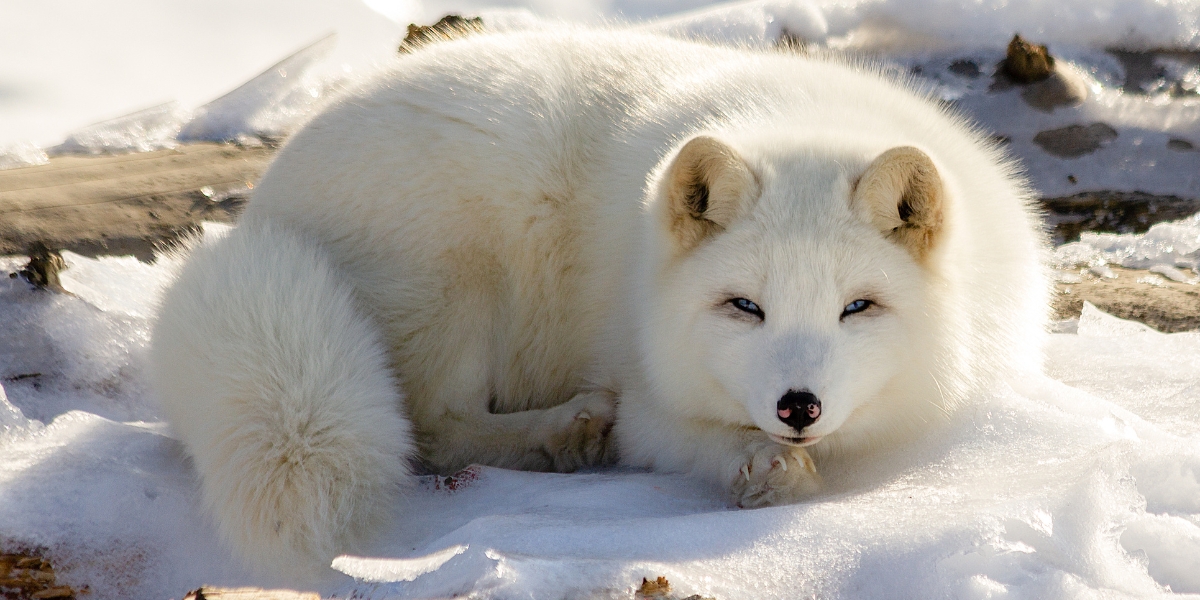
The Arctic fox is one of Greenland's iconic land animals. Its thick fur, which changes color with the seasons, helps it blend into the Arctic tundra. These cunning hunters primarily feed on lemmings (not the computer game variety!) but are known to scavenge the remains of larger prey like seals. Arctic foxes have adapted to extreme cold by digging burrows in the snow and ice, where they raise their young and stay warm during the harsh winters.
2. Musk ox (Ovibos moschatus)
Section Type: standardWidthImageS
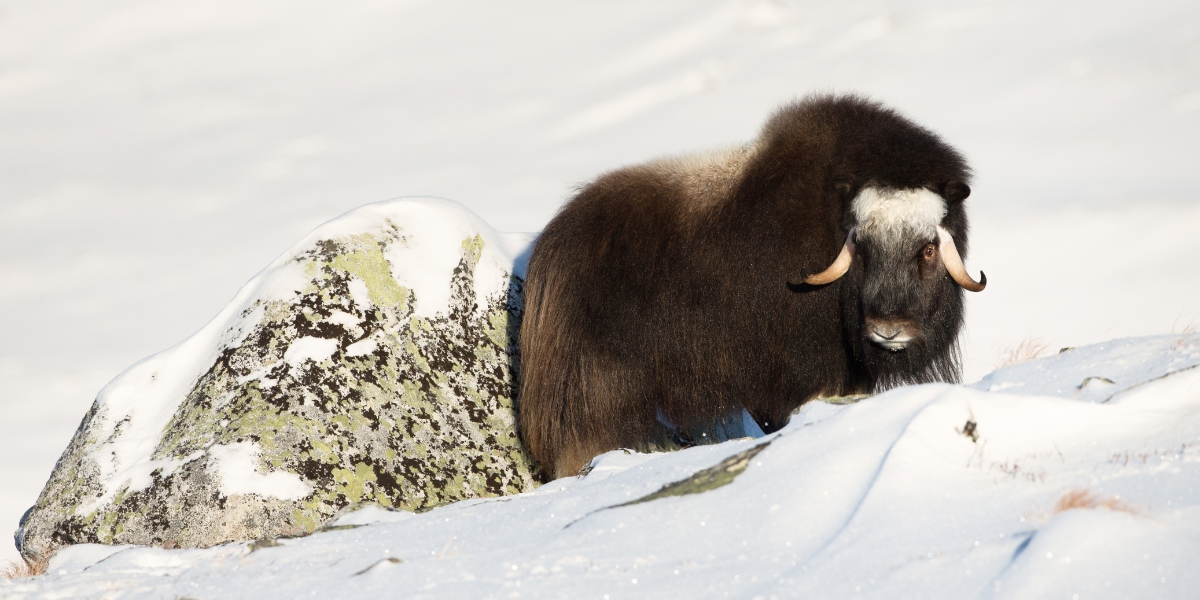
The musk ox is a sturdy herbivore found in the northern regions of Greenland. These massive, shaggy creatures are perfectly suited to the Arctic's cold temperatures. They form tight-knit groups for protection and warmth, with their dense fur and huddling behavior helping them survive frigid winters. Musk oxen are able to graze on tough Arctic vegetation.
3. Arctic hare (Lepus arcticus)
Section Type: standardWidthImageS

The Arctic hare is another notable resident of Greenland. These white-furred hares are masters of camouflage, using their fur to blend into the snowy terrain. They are herbivores, surviving on a diet of mosses, lichens, and woody plants. Their large, furry feet and ears help them regulate their body temperature in the cold, windy Arctic environment.
Marvelous marine Wildlife
1. Humpback whale (Megaptera novaeangliae)
Section Type: standardWidthImageS
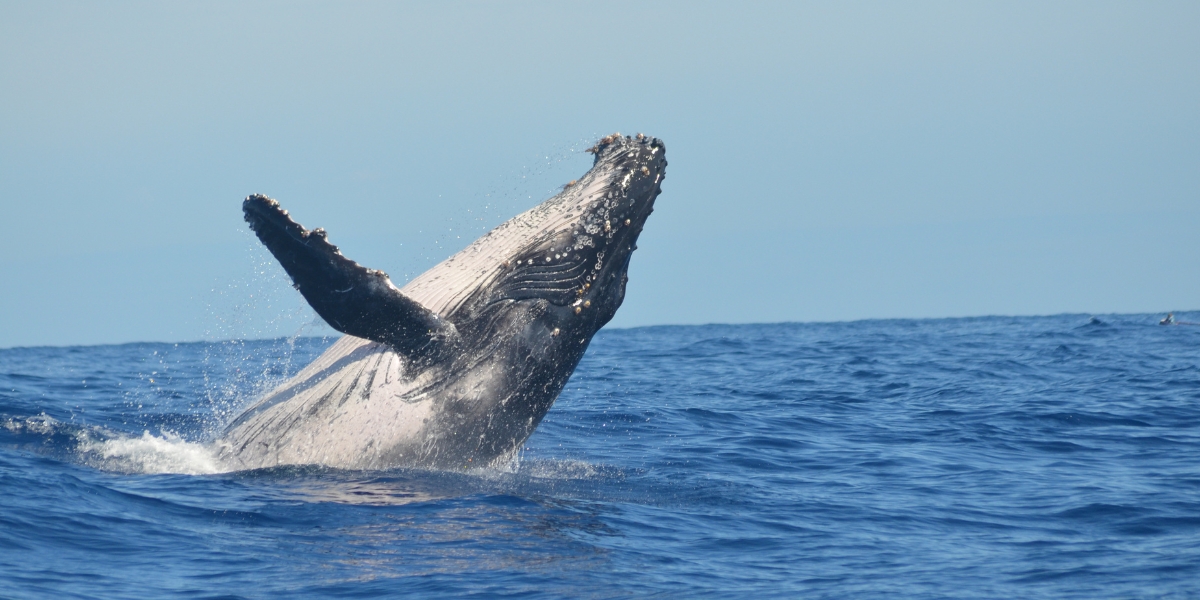
Greenland's cold waters are home to a diverse range of marine wildlife, and the humpback whale is one of the most majestic. These massive creatures can be spotted breaching and slapping their tails on the water's surface during their feeding and breeding seasons in Greenland's fjords. Humpback whales are known for their haunting songs, which they use for communication.
2. Narwhal (Monodon monoceros)
Section Type: standardWidthImageS
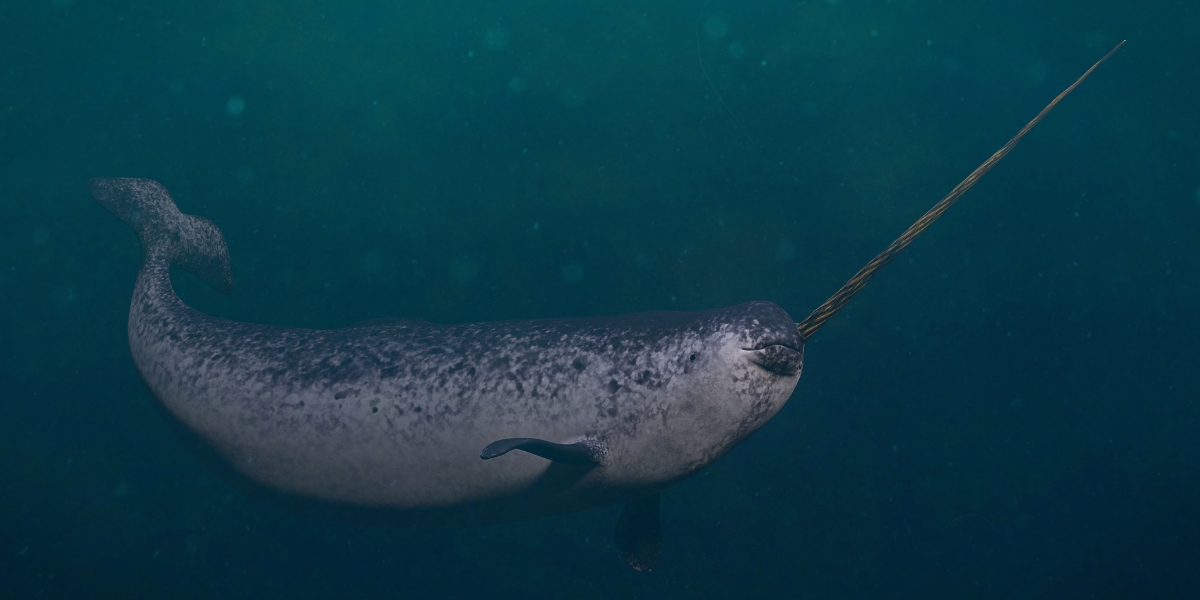
The narwhal, often referred to as the "unicorn of the sea," is a fascinating marine mammal found in Greenland's Arctic waters. Known for its long, spiral tusk, which can reach lengths of up to 10 feet, narwhals are elusive creatures. They feed on fish and squid, and their tusks are believed to be used for communication, navigation, and possibly even breaking through ice.
3. Greenland shark (Somniosus microcephalus)
Section Type: standardWidthImageS
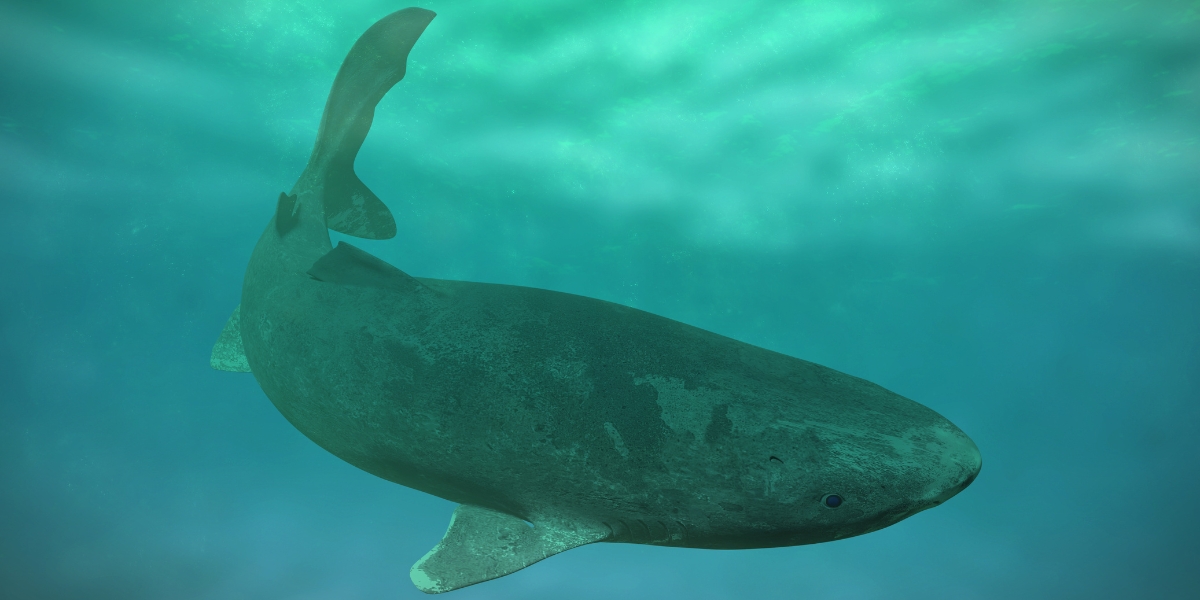
The Greenland shark is a true marvel of the Arctic depths. These slow-moving, massive sharks are among the longest-lived vertebrates on Earth, with some individuals living for over 400 years. They primarily feed on fish and carrion, and their cold-adapted physiology allows them to thrive in the frigid waters off Greenland.
Iconic birds of Greenland
1. Gyrfalcon (Falco rusticolus)
Section Type: standardWidthImageS
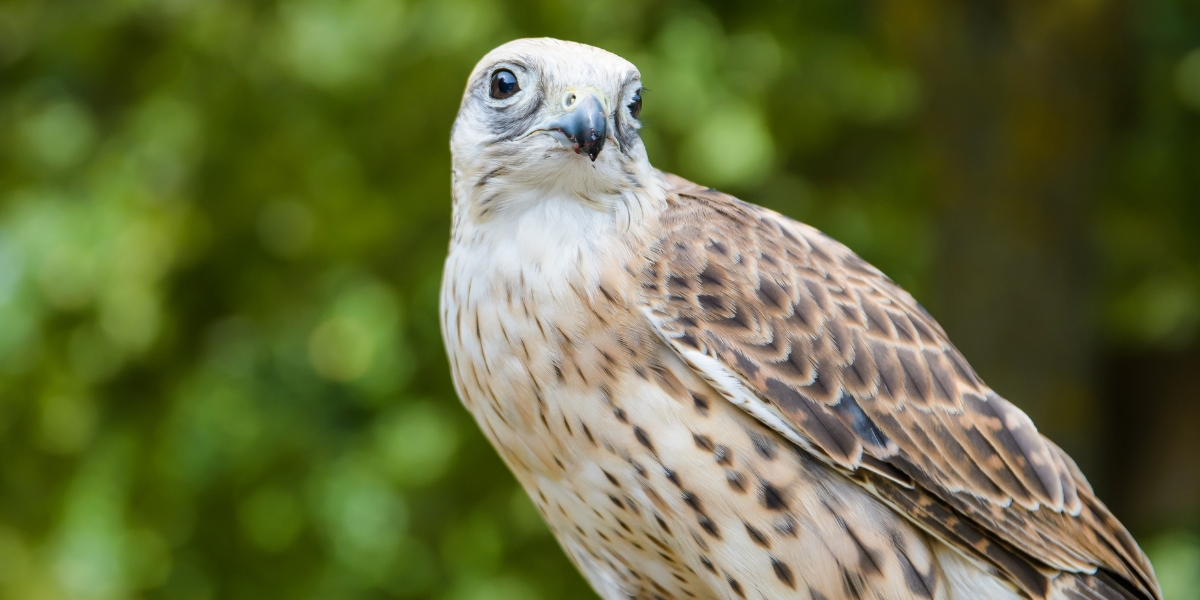
The gyrfalcon, the largest of the falcon species, is a magnificent bird of prey found in Greenland. With its stunning white plumage, it's known as the "white falcon" and is the national bird of Greenland. Gyrfalcons are highly skilled hunters, preying on birds and other small mammals. Their keen eyesight and impressive hunting abilities make them top predators in the Arctic skies.
2. Snow bunting (Plectrophenax nivalis)
Section Type: standardWidthImageS
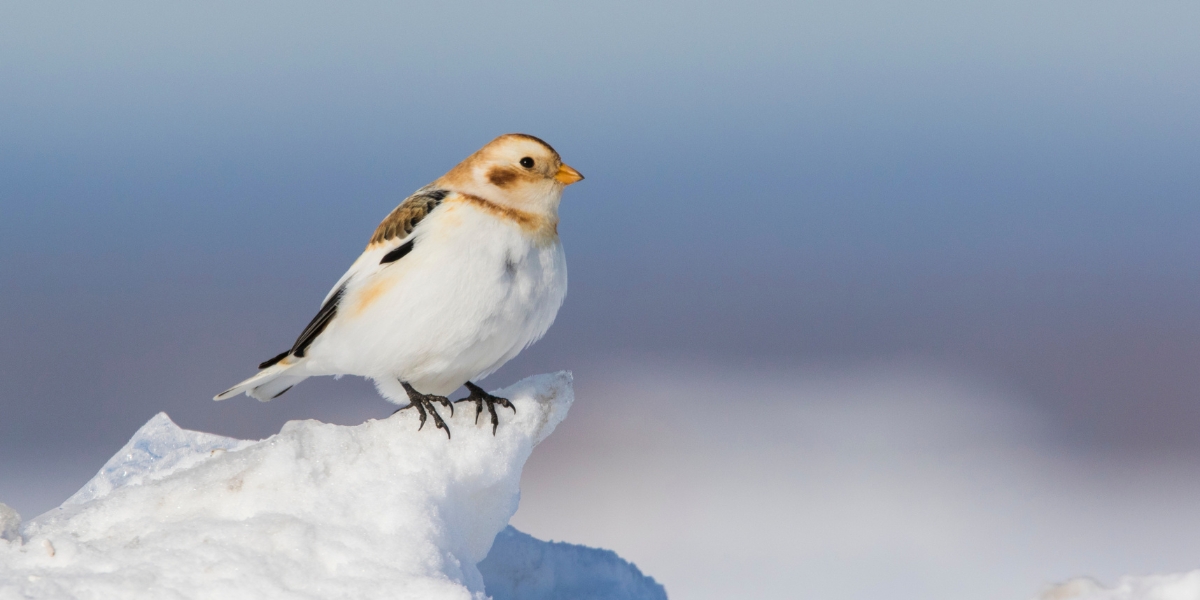
The snow bunting is a small, hardy bird that breeds in Greenland's Arctic regions. Its plumage changes with the seasons, from predominantly white in winter to a striking mix of black and white in summer. Snow buntings are known for their melodious songs and are often spotted hopping about in search of seeds and insects in the tundra's sparse vegetation.
3. King eider (Somateria spectabilis)
Section Type: standardWidthImageS
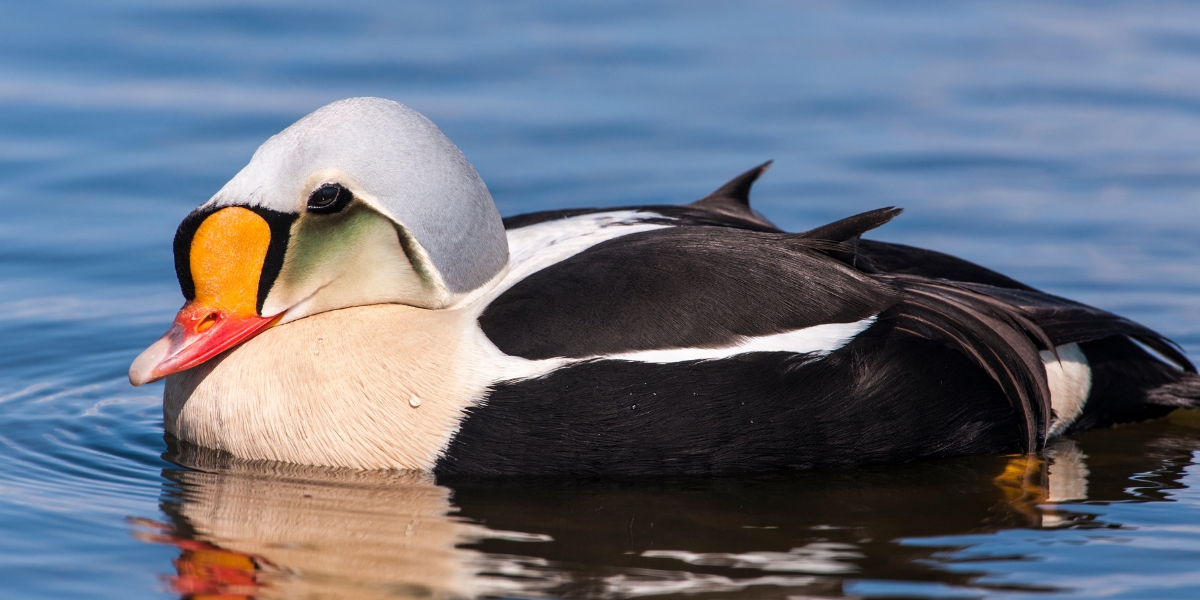
Greenland's coastal waters provide a habitat for a variety of seabirds, including the king eider. These striking sea ducks are known for their colorful plumage, with males boasting intricate patterns. They are excellent divers, foraging for shellfish and small fish beneath the icy waters. King eiders are also known for their impressive migratory journeys. The king eider’s down has incredible insulation properties – but the down in your sleeping bag or duvet comes from the common eider.
Section Type: cta
SA Expeditions would love to get you up close and personal with Greenland’s incredible wildlife. Check out some sample itineraries; then speak to a Destination Expert about designing your own arctic adventure.


Copyright © 2025 SA Luxury Expeditions LLC, All rights reserved | 95 Third Street, 2nd floor, San Francisco, CA, 94103 | 415-549-8049
California Registered Seller of Travel - CST 2115890-50. Registration as a seller of travel does not constitute approval by the state of California.










